Imagine a future where your people-powered organization thrives, fueled by a flourishing community of passionate organizers, advocates, activists, and a growing stream of new members. I’m sure you have many times. Getting there and staying there won’t be easy. The journey to boosting membership (and new activist) numbers can feel like navigating a maze of challenges, from limited resources and time constraints to the daunting task of effectively engaging potential members. Better data strategies and solutions can help. A lot.
In this blog, we’re unpacking modern data-enhanced strategies that can turn challenges into opportunities and propel your organization toward sustained growth and impact. From dynamic list-building to establishing data integrity and designing “outreach experiments” to help move your organization from acting on hunches to data-informed decision-making, here are keys to unlocking membership growth.
Improving Membership Growth: Top Strategies for Progressive Organizations
Growing membership is not just about hitting bigger numbers; it’s an essential strategy in driving meaningful change in pursuit of economic, environmental, and social justice. Before we founded TCW Strategies, my partner and I spent most of our careers building union membership, identifying activists and volunteers, and turning out votes. We know how essential it is to adopt innovative data-informed approaches to organize new members and foster sustainable growth within your organization.
In fact, we think one of our biggest impacts is generating helpful insights into data for campaign directors on audiences they should be targeting for membership and activism (and how). So, let’s explore the top four data-driven methods that will help you grow your membership and amplify your impact on the frontlines of progress.
- Dynamic List-Building: Precision Targeting for Maximum Engagement
Imagine having a finely tuned compass guiding your field staff straight to individuals who are ready to join your cause. Dynamic list-building empowers you to do just that. By leveraging digital engagement metrics, demographics, and geographical data, you can craft targeted lists that pinpoint potential members with unprecedented accuracy. This precision streamlines your outreach efforts and maximizes the impact of every conversation, saving valuable time and resources.
- Establishing “One Source of Truth”
When it comes to advocacy and organizing, data integrity is paramount. Establishing “One Source of Truth” serves as the bedrock upon which informed decisions are made. By centralizing data management processes and ensuring visibility on membership figures and projections, you can gain clarity and confidence in your strategic direction.
This cohesion not only enhances organizational efficiency but also unveils strategic opportunities for growth by identifying areas of focus and improvement. While this particular strategy may not be the most exciting of the group since it doesn’t directly grow your membership base, the critical insights you will gain through establishing one source of truth and identifying gaps in your strategy are immeasurable.
- Designing Data-Driven Experiments for Sustainable Growth
Progressive change requires innovation and adaptation. Designing data-driven experiments allows you to test hypotheses, uncover insights, and continuously refine your approach to membership growth. By investing in experimentation, you gain invaluable knowledge about what resonates with your target audience, enabling you to fine-tune your messaging and engagement strategies for maximum impact. This iterative process not only yields immediate results but also cultivates a culture of learning and innovation within your organization.
- Investing in What Works
Effective experimentation is the cornerstone of data-informed decision-making. Allocate your resources to strategies that can help you identify what resonates most with your target audience. Figure out the most effective way to engage your potential members and then use that knowledge to drive them to take action. Take the time to understand what does work, and be honest enough to acknowledge what doesn’t so you can pivot as needed. Focus your resources on initiatives that yield tangible results.
Data-informed strategies offer a pathway to substantial membership growth and operational refinement for progressive organizations. While these strategies are by no means exhaustive, they do represent some of the most pivotal solutions for enhancing membership growth within progressive organizations. As organizations continue to evolve and innovate, the role of data in shaping strategy and operations will only become more crucial.
Overcoming Adoption Challenges
I can’t close out this blog without acknowledging one of the highest hurdles to clear for any union or progressive non-profit pursuing a significant transition in strategy: adoption across the organization. Implementing these strategies will present challenges, but with strategic guidance and perseverance, you can overcome any obstacles on the path to membership growth. Cultural change is a process that requires strong leadership and a cohesive plan that key stakeholders of the organization support. Here are some suggestions to help smooth the road to adoption:
- Cultivating Analytical Mindsets: Foster a culture of data-informed decision-making by providing training and support to staff members, empowering them to embrace analytics as a tool for strategic advancement. This is a shift from a mindset of simply executing to one of having goals and figuring out how to achieve them.
- Addressing Technical Barriers: Invest in technical infrastructure and staff development to overcome operational bottlenecks and ensure smooth implementation of data-informed strategies. Get everyone comfortable with the new tools and processes you are implementing. Once they are able to explore and engage with the data personally, these strategies will feel less “external” and more a part of the process.
- Navigating Time and Confidence Constraints: Prioritize capacity development and provide ongoing support to build staff confidence in utilizing data analytics for driving membership growth initiatives.

Final Thoughts
Remember this: the potential for improved membership growth and transformative change is within reach. While the strategies outlined here represent a snapshot of the possibilities, they underscore the value of embracing a data-informed approach to organizational growth.
We are eager for you to take the next step toward prioritizing data-driven decision-making and fostering a culture of innovation in your approach to growing membership. Let’s talk.
Schedule a call with TCW Strategies or visit our website to learn how we apply data analytics, technology, and organizing expertise to build grassroots power.



